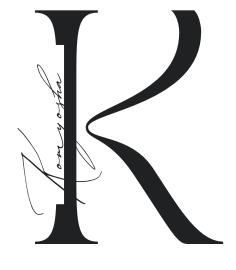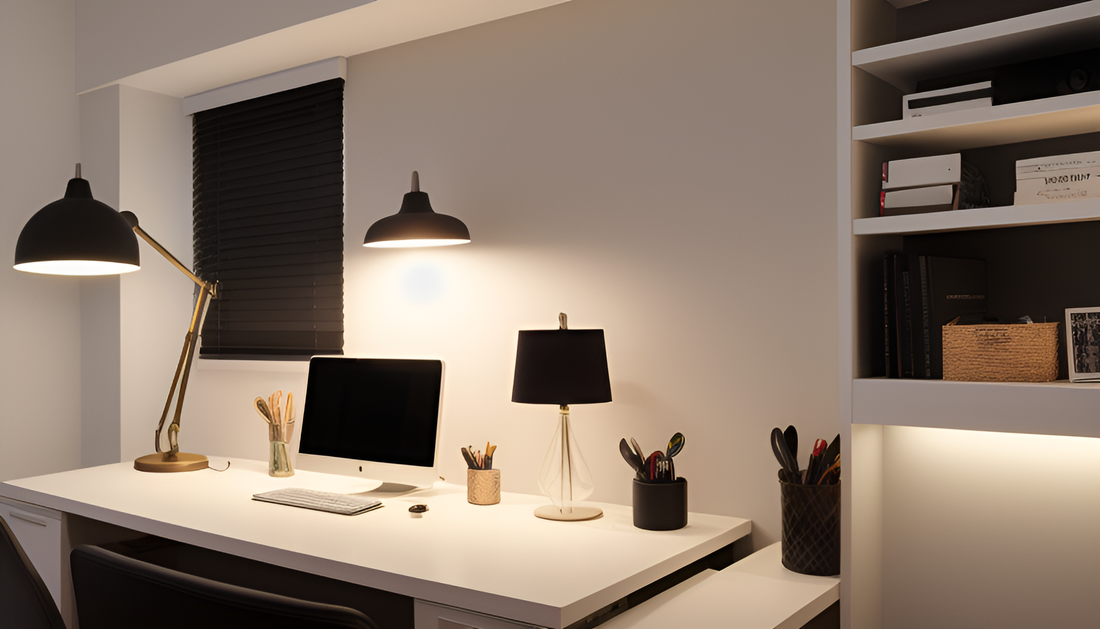With the rise of remote work and the increasing importance of home offices, creating an ideal workspace has become more crucial than ever. A well-designed home office with optimized lighting can significantly impact your productivity, focus, and overall well-being. In this blog post, we will explore the importance of proper lighting in home offices and share effective techniques to create a workspace that fosters productivity and creativity.
1. The Impact of Lighting on Productivity:
Lighting has a direct influence on our circadian rhythm and cognitive functions. Insufficient or harsh lighting can lead to eye strain, headaches, and decreased productivity. On the other hand, the right lighting can boost energy levels and enhance focus, allowing you to work more efficiently and effectively.
2. Prioritize Natural Light:
If possible, set up your home office in a location that receives ample natural light. Natural light not only provides a pleasant and welcoming atmosphere but also offers numerous health benefits. Position your desk near a window to take advantage of natural daylight, which can improve mood and reduce stress levels.
3. Task Lighting for Specific Work Areas:
Incorporate task lighting to illuminate specific work areas, such as your desk or workspace. Adjustable desk lamps with directed light can reduce glare and shadows, allowing you to focus on your tasks with clarity. Desk lamps are energy-efficient and provide excellent illumination for detailed work.
4. Consider Indirect Lighting:
Indirect lighting, such as wall sconces or floor lamps that bounce light off the ceiling, creates a soft and diffused glow in the workspace. Indirect lighting helps reduce harsh contrasts and creates a more relaxed and comfortable environment.
5. Balance Brightness with Dimmers:
Install dimmer switches for your overhead lighting to adjust the brightness according to your needs. During intense work sessions, brighter lighting may be required, while a lower light setting can be more conducive to creative brainstorming or relaxation.
6. Reduce Screen Glare:
If you use a computer or other digital devices in your home office, ensure that the lighting setup reduces screen glare. Position your monitor perpendicular to windows and adjust the angle of your screen to minimize reflections.
7. Personalize with Decorative Lighting:
Incorporate decorative lighting elements to add a personal touch to your home office. String lights, desk lamps with unique designs, or even small LED light fixtures can create a cozy and inspiring atmosphere.
8. Smart Lighting Systems:
Consider investing in smart lighting systems that allow you to control the intensity and color temperature of your lights remotely. These systems often come with customizable presets for different work modes, such as focus mode for intense work sessions and relax mode for breaks.
9. Regular Lighting Maintenance:
Keep your lighting fixtures clean and functional to ensure optimal performance. Dust and debris can reduce the effectiveness of the lighting, while faulty bulbs may cause uneven lighting.
Conclusion:
Optimizing the lighting in your home office is a small yet powerful investment that can significantly enhance your productivity and work experience. By prioritizing natural light, incorporating task and indirect lighting, and using dimmers and smart lighting systems, you can create a workspace that inspires focus, creativity, and efficiency. Remember, a well-lit home office not only benefits your work but also contributes to your overall well-being and work-life balance. So, illuminate your path to success with the perfect lighting for your home office!

